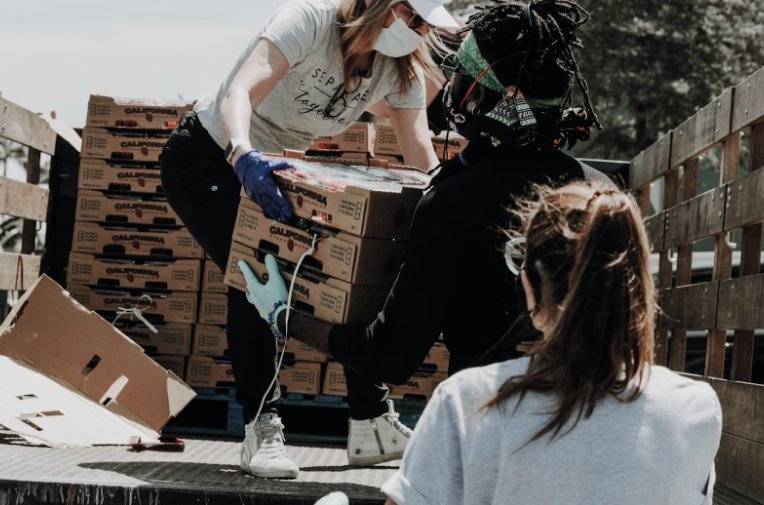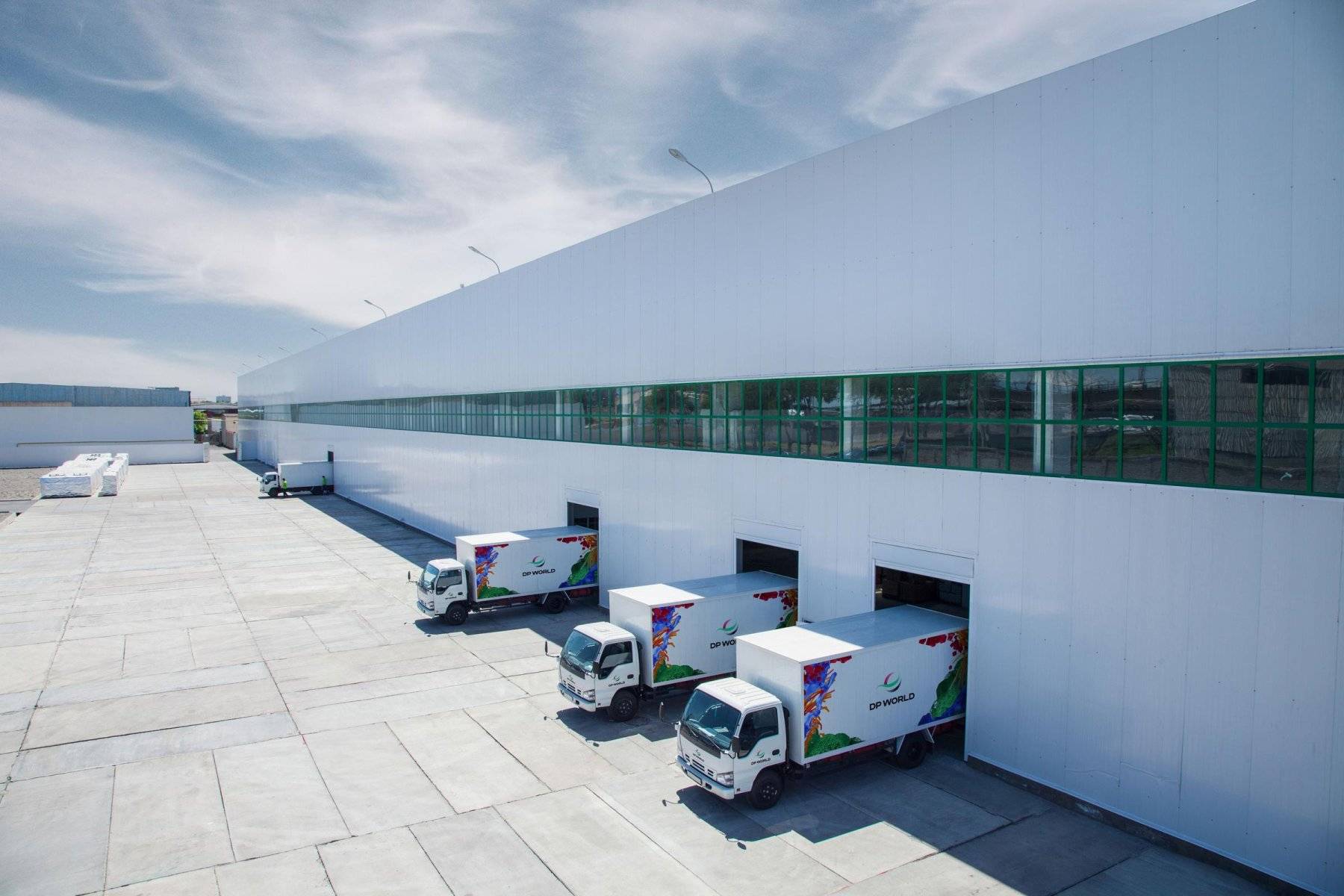Mastering the art of global aid delivery is a colossal task that merges practicality with a universal spirit of empathy. It's all about moving help to where it's needed and navigating through a complex network of hurdles. Without clever strategies to tackle these hurdles, the swift and effective delivery of aid to those in urgent need could be seriously compromised.
This article explores six main obstacles faced in the delivery of global aid and offers insightful remedies for each, ensuring it reaches its destination quickly and safely.

Overcoming Legal and Regulatory Hurdles
A major block in global aid delivery is the dense forest of legal and regulatory barriers across different countries. Every nation has its own rules about accepting and distributing aid, from customs laws to security checks, often delaying aid shipment, sometimes critically.
A smart move is to build alliances with government logistics agencies. These bodies know their country's regulatory environment inside out and can guide organizations on how to meet all legal criteria, speeding up aid delivery. This is especially important in times of crises and natural disasters when sensitive equipment such as medicine or military vehicles needs to be transported.
Tackling Infrastructure Shortfalls
In many areas, a big roadblock is inadequate infrastructure. Roads, bridges, and ports may be in disrepair or insufficient for the heavy load of aid shipments. This not only slows down the distribution but also raises safety concerns for the aid and its handlers.
Investing in quick-setup and adaptable infrastructure can solve this. Such IT solutions for logistics can be swiftly integrated and adjusted as necessary, offering a dependable way to transport aid in the toughest conditions.
Ensuring Supply Chain Transparency and Security
Keeping the pathway from donation to the end user tight and safe is crucial when it comes to aid logistics. Sadly, this journey is often dodgy, with dangers like theft, loss, and foul play, which can really cut down on both the amount and condition of the help getting to those who need it.
This problem gets even bigger when you think about the increase in attacks on these supply lines, a headache for making sure goods get where they're going. In 2023, the U.S. had to deal with 242 attacks, the most they've seen since 2017. These strikes are a clear danger to keeping the supply line secure and can mess up the delivery of vital help, underscoring the need for strong protective steps.
Getting on board with cutting-edge tracking tech and using blockchain can really crank up the clarity and safety of the whole supply line. These tools are game-changers against growing problems, offering a way to watch the movement of goods closely and making sure every piece is accounted for. By cutting down the chances for things to go missing and making sure help gets to the right spot, these forward-thinking strategies are solid defenses against attacks on supply lines, keeping the flow of aid—and the people waiting for it—safe.
Adapting to Changing Demand and Supply
Forecasting aid demand and securing supplies globally is highly unpredictable. Crisis situations can change rapidly, putting pressure on resources and logistic networks.
The key is to develop adaptable logistic strategies and form strong bonds with local groups. These groups have a clear understanding of immediate needs and can help predict demand accurately. Having a network of dependable suppliers ensures a continuous supply of aid, allowing for quick adaptation to changing situations.
Synchronizing Efforts Among Diverse Groups
Organizing global aid involves many players - governments, NGOs, and the private sector. Each comes with its resources, expertise, and goals, making synchronization challenging.
Creating unified platforms and communication channels can greatly improve this synchronization. These tools help share information and make decisions in real time, keeping all parties in sync, minimizing overlap, and making the best use of resources.
Addressing Environmental Impact
The complex network involved in providing global aid, despite its crucial nature, unfortunately, leaves behind an ecological shadow, mainly due to pollution and waste. With the increasing pressure to safeguard our world, the importance of incorporating sustainable logistics in the future becomes increasingly evident.
Embracing strategies that favor the environment, like choosing biodegradable packaging and streamlining travel paths to cut down on fuel use, marks a positive shift. Such moves do not just mitigate the ecological toll of delivering help but also encourage wider adoption of green habits, sparking a more profound respect and proactive stance towards the environment.

Final Thoughts
The logistics of global aid face numerous complex challenges, necessitating creative and cooperative solutions. From partnering with governments to navigate legal frameworks, to investing in adaptable infrastructure, and adopting sustainable logistics practices, the strategies are diverse.
By tackling these challenges head-on, those involved in aid delivery can ensure timely and safe aid, showcasing our global commitment to support those in greatest need. In doing this, we deliver not just aid but also hope, building a stronger, more caring world.

